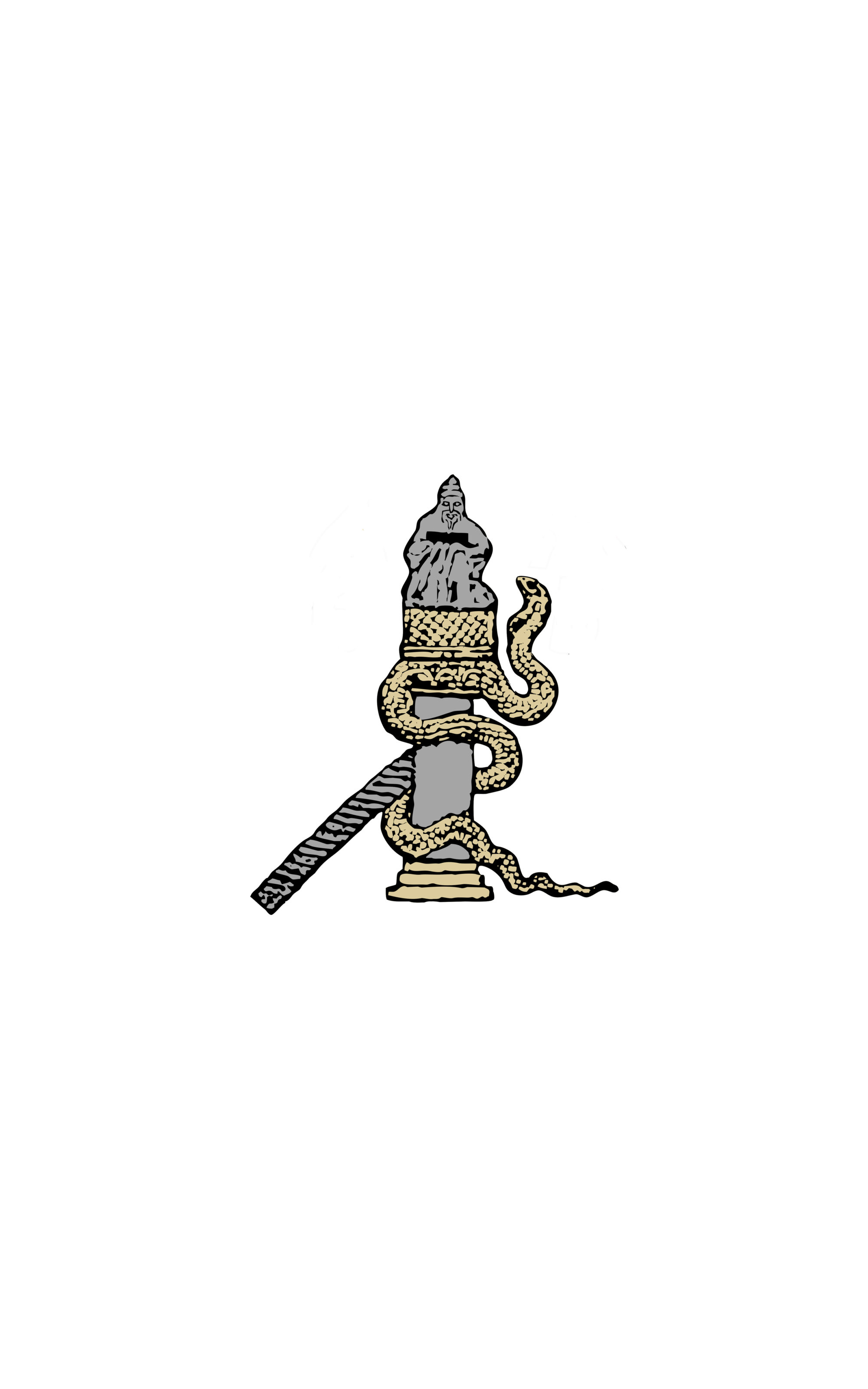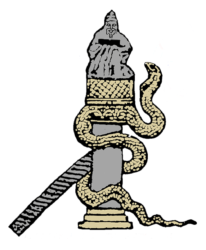The image of woman in the visual culture of early Byzantium in the region of the central Balkans.
Jelena Anđelković (Université de Belgrade)
The aim of my PhD thesis entitled: « The image of woman in the visual culture of early Byzantium in the region of the central Balkans« is to investigate the unique and complex image of woman in material culture of early Byzantine times found on the territory of the central Balkans. A vast number of examples executed in different techniques will be studied in depth and compared to analogous examples from the wider Byzantine world, from both contemporary and subsequent periods. This study should trace the path to finding an answer to the question of the role and pertaining imagery of the feminine in private-social, public-state and religious context. Along with traditional methods of interpretation of female imagery of the times – iconographic, iconological, stylistic analysis of portraits of empresses, private portraits and depictions of female goddesses and Virgin Mary – this study will also rely on methods of visual culture studies involving archaeology (tombs and graves of women including sepulchral objects – jewelry, coins, clothes, etc.), urban history (cities and shrines dedicated to empresses or goddesses or churches of the Virgin), anthropology, sociology, gender studies (role of image in state arts as a way of political propaganda and private image of woman positioned in society) and body politics (changes in body representations from pagan goddesses to the Virgin). Chronologically, the thesis covers the period from the time of Emperor Constantine the Great to that of emperor Justinian. As relevant and meagerly published material relevant to the subject of the thesis has been produced and found in the central Balkans, examples kept today in collections, museums and in situ on archeological sites in Serbia and neighboring countries are going to be the central focus of study.
The proposed multidisciplinary approach will enable further research in this domain and will introduce objects from the area of the central Balkans to already existing researches of Byzantine culture in general.

